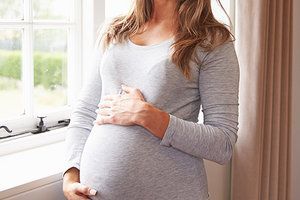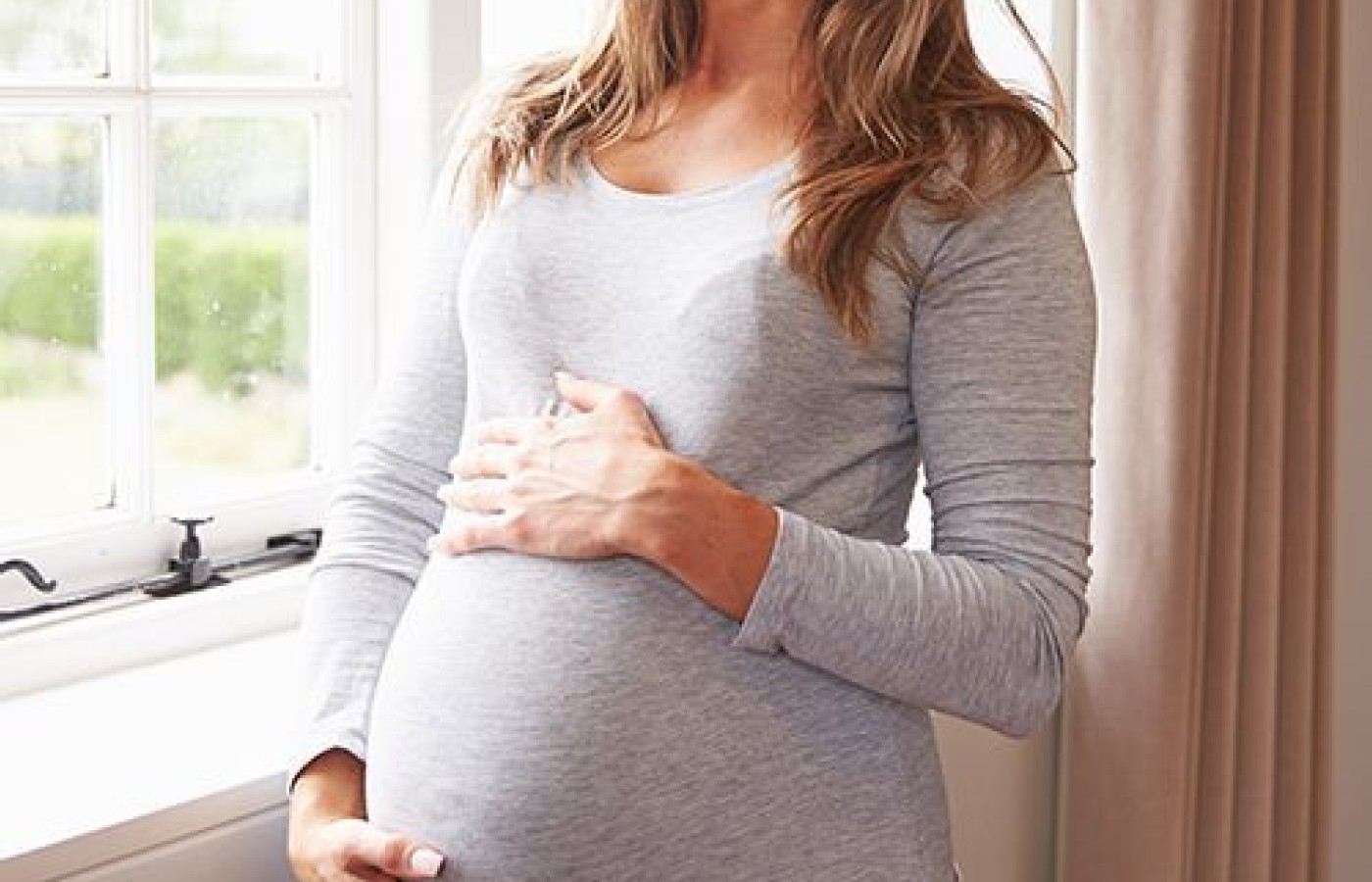On Oct. 21, 2025, a judge in Florida issued a groundbreaking decision in Complete Care v State Farm, 25-CA-1063. It concerns a fact pattern that many chiropractic doctors have faced wherein an insurer, such as State Farm or Allstate, decides to simply stop paying all claims submitted by a healthcare provider.
| Digital ExclusivePregnant Patients? Here's Why You Should Always Check Their Feet
When patients tell us they are pregnant, many times we focus on the obvious pregnancy signs and symptoms related to their current trimester of pregnancy, and the biomechanical impact on the spine and pelvis. We do this for good reason: The prevalence of low back and pelvic pain in pregnancy is approximately 68-72 percent and can begin relatively early on, although it is more common during the second and third trimesters.1-2
Consideration of the extremities tends to be secondary until there is a report of pain or edema which, like back pain, tends to occur late in pregnancy or during the postpartum phase.3 However, the lower extremities should be given early consideration to assist in preventing pain and minimize the long-term effects of pregnancy.
Why Consider the Lower Extremities Early in Pregnancy?
When we consider the hormone relaxin, we often think of ligament laxity and the impact from weight gain both in the abdomen and breast tissue. However, rarely do we consider relaxin before there are reported signs and symptomatology.
In females, relaxin is made primarily by the corpus luteum (and in males by the prostate).4-5 Relaxin levels rise as the corpus luteum develops and remain high if a female becomes pregnant.
However, if a female does not become pregnant, levels begin to decline and then rise again with the menstrual cycle and development of the corpus luteum.

Relaxin tends to peak during the first trimester, allowing for ligament laxity to occur early in pregnancy.4-5 From a review of the literature, it is unclear how long relaxin remains at higher levels during the postpartum phase, as this appears to be variable and dependent on a variety of factors such as breastfeeding.
As the baby continues to grow, relaxin has a greater impact on the joints and ligaments. However, an important consideration is that as weight begins to increase, there is a downward movement of the talus. As the talus moves inferior, the midfoot begins to collapse and more pressure is placed on the 2nd metatarsal.6
The first metatarsal responds by elevating; this is where there can be the appearance or beginning of hallus valgus. In addition, during gait and standing in the third trimester of pregnancy, there is an increase in forefoot pressure.7
During pregnancy, it is known that women tend to have a persistent loss of arch height. As arch height declines, there is also increased foot rigidity and length. It is noted that these changes are the most significant during the first pregnancy and continue to occur in subsequent pregnancies.6
When and How Should You Assess the Lower Extremity?
The literature suggests pregnant and postpartum women are more likely to experience lower extremity complaints.8 Establishing a baseline of general mobility, stability, skin integrity, venous abnormalities and arch height can be insightful for all patients before pregnancy or on their initial visit.
In the weight-bearing position, observe the postural alignment of the patient, with special emphasis on the lower extremity and the feet for any superimposed strain. In addition, consider gait pattern and muscular hypertonicity or weakness of the foot.
What Conditions of the Foot Are Common in Pregnant Patients?
In addition to the ever-looming edema late in pregnancy and the appearance of spider veins or varicosities, the following musculoskeletal conditions should be considered. Decreased arch height during pregnancy can contribute to:
- Increased pronation and likelihood of plantar fasciitis: The foot tends to flatten and widen during this time, and the plantar fascia tends to experience tremendous strain as ligamentous laxity, weight gain and inflammation persist.
- Metatarsalgia: As body weight increases, postural faults enhance. Calf muscles can become tighter and there may be an increased amount of forefoot pressure, which may contribute to inflammation of the area. This can be enhanced if a patient wears high heels during pregnancy; the amount of pronation and forefoot pressure increase and can contribute even further to foot pain. (In terms of heel height, the general rule of thumb for all patients is 2 inches or less).
Patient Education on Optimal Pedal Health During Pregnancy
To assist our pregnant patients with pedal health during this exciting and physiologically demanding time, consider the following patient education points:
- Wear orthotics and well-fitted shoes for optimal support, including pronation and maintenance of current arches.
- Minimize time spent barefoot. Well-fitted shoes, slippers or flip flops with good support are wise choices.
- Wear shoes that allow for good circulation. Shoes should be comfortable and not constrict blood flow.
- Elevate feet if edema is present. Even early in pregnancy, this is a good rule of thumb to allow for elevation of the lower extremities. It becomes imperative, however, when edema is present.
- Get regular exercise to promote good vascular flow to the lower extremities. Too often, women stop moving during pregnancy. If there is no contraindication, movement is important during this time.
As a chiropractor, you can play a significant role in pregnancy health and wellness beyond providing spinal adjustments. During this physiologically and biomechanically demanding time, consider your patients' feet and lower extremities before there is a report of pain.
References
- Wang SM, Dezinno P, Maranets I, Berman MR, Caldwell-Andrews AA, Kain ZN. Low back pain during pregnancy: prevalence, risk factors and outcomes. Obstet Gynecol, 2004;104 (1):65-70.
- Morgren IM, Pohjanen AI. Low back pain and pelvic pain during pregnancy: prevalence and risk factors. Spine, 2005;30 (8):983-991.
- Vullo VJ, Richardson JK, Hurvitz EA. Hip, knee and foot pain during pregnancy and the postpartum period. J Fam Pract. 1996 Jul;43:63-8.
- Marieb E, Hoehn K. Human Anatomy and Physiology, 8th Edition. San Francisco: Pearson Education, 2010: pp. 1078.
- Dehghan F, Haerian BS, Muniandy S, Yusof A, Dragoo JL, N Salleh. The effect of relaxin on the musculoskeletal system. Scand J Med Sci Sports, 2014 Aug;24(4).
- Segal N, Boyer E, Teran-Yengle P, Glass N, Hillstrom H, Yack H. John. Pregnancy leads to lasting changes in foot structure. Am J Phys Med Rehabil, 2013 Mar: 92(3)232-240.
- Karadag-Saygi E, Unlu-Ozkan F, Basgul A. Plantar pressure and foot pain in the last trimester of pregnancy. Foot Ankle Int, 2010 Feb;31(2):153-7.
- Vullo VJ, et al. Op cit.



